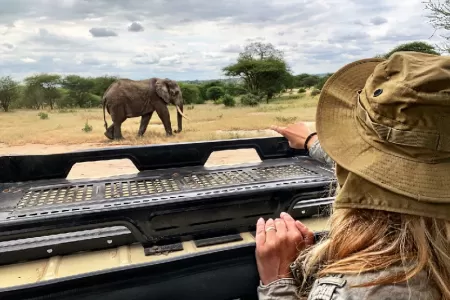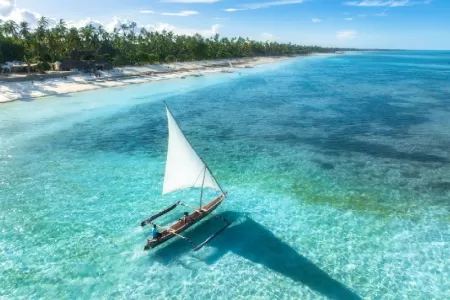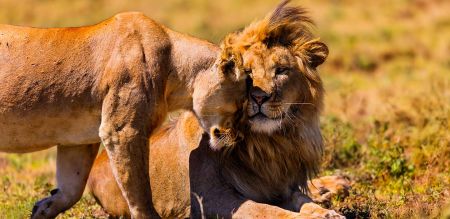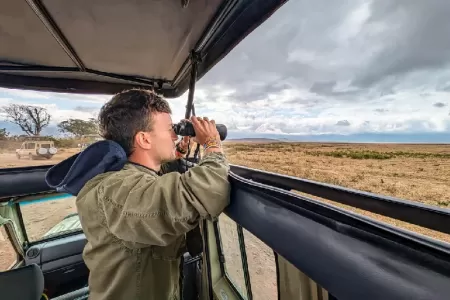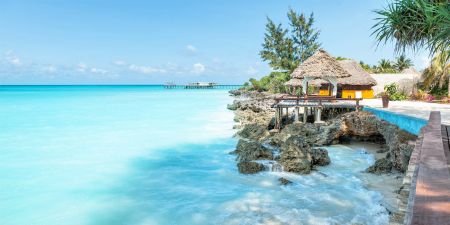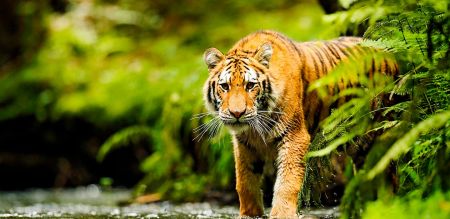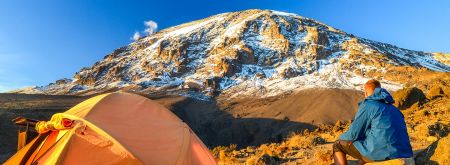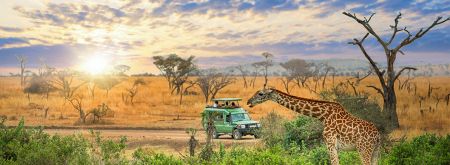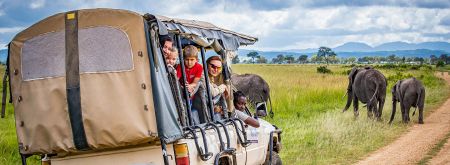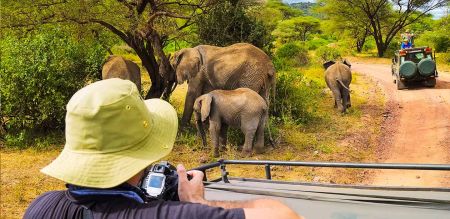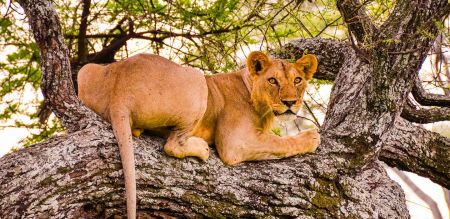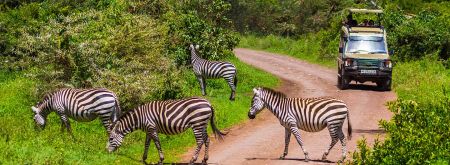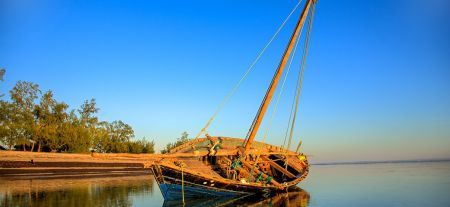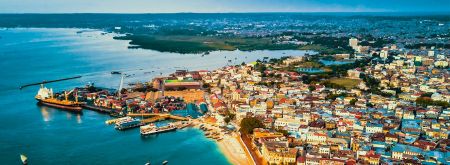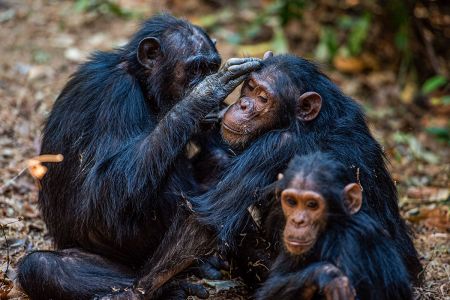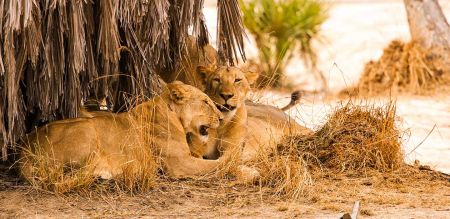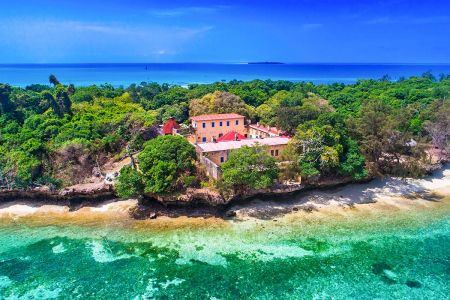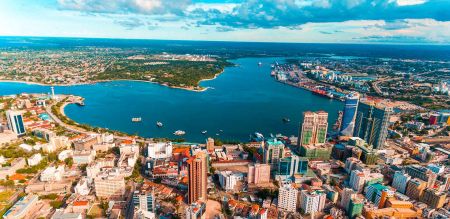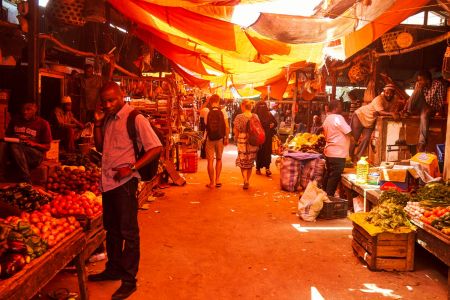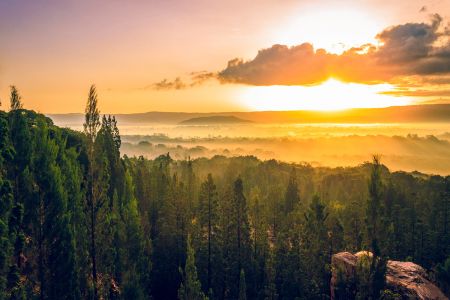Ngorongoro Conservation Area Guide
Africa if anything is home to many eccentric and rare animal species and Tanzania in specific is no exception housing the Ngorongoro Conservation Area a safe heaven and defense body for many of the endangered species.

Africa is home to many eccentric and rare animal species and Tanzania in specific is no exception. The Ngorongoro Conservation Area is part of the Serengeti ecosystem, along with Serengeti National Park.
Named after the world’s largest intact and unfilled caldera, the Ngorongoro Crater, it provides a home for Maasai people who live alongside the region’s wildlife.
Being a UNESCO World Heritage Site since 1979, the Ngorongoro Conservation Area is a safe haven and defense body for many of the endangered species.
Interesting Facts about Ngorongoro Conservation Area
- The area has been home to pastoralist tribes: the Mbulu, the Datooga and most recently, the Maasai, for the past 2000 years.
- For around three million years, the Ngorongoro Conservation Area has been occupied by hominid species.
- Proved by anthropological discoveries, the Ngorongoro Crater was created by a major volcanic eruption.
- In 1976, the area was established as a sanctuary for wildlife.
Location
Ngorongoro Conservation Area is located in northern Tanzania. It is 180 kilometers from west of Arusha.
How to Get to Ngorongoro Conservation Area
By Air
You can fly to Kilimanjaro International Airport (JRO) and then drive to Ngorongoro, 230 kilometers from the airport. The drive is about 5 hours.
Arusha Airport (ARK) is small, but it is the closest airport to Ngorongoro. You can land in Arusha Airport and then take a 3-hour drive to Ngorongoro Conservation Area. The distance is 170 kilometers.
By Road
Head to Ngorongoro Conservation Area by road from Nairobi. The distance is 400 kilometers, a 7-8 hour drive.
It is not recommended to drive on your own, as it is exhausting. A good alternative is to fly to Nairobi and then take a local flight to Arusha. Afterwards, take a 3-hour drive to Ngorongoro Conservation Area.
Customize Your Dream Vacation!
Get in touch with our local experts for an unforgettable journey.
Plan Your TripBest Time to Visit
Ngorongoro Conservation Area has a subtropical climate. As all regions in East Africa, the area has a dry season and a rainy season.
The winter dry season lasts from June to August, whereas the summer rainy season lasts from November to April.
The best time to visit Ngorongoro Conservation Area is all year round, because each season has its advantages and disadvantages. It is better to visit the area during the dry season, if you want the best weather and the best game viewing.
During December and March, it is the great period to witness the Great Migration. In Summer, impressive numbers of rare migrant birds can be spotted.
There is a benefit of travelling during the rainy season which is there will be fewer people and lower prices. Besides, a huge number of flamingos are spotted on the region’s soda lakes when the water level is high.
Wildlife of Ngorongoro Conservation Area
Ngorongoro Conservation Area is residence to an amazing diversity of wildlife such as Grant’s and Thomson’s gazelles, wildebeest, zebra and large herds of buffalo. The Ngorongoro Crater alone includes approximately 25,000 large game animals.
The large number of wildlife gives credit to the crater to be almost the best place in Tanzania to witness the Big Five (lion, leopard, elephant, buffalo and black rhino). The crater also supports the left population of black rhino left in the country.
The grass plains play an annual role during the Great Migration. The plains host approximately two millions of wildebeests, zebras and other antelopes. The abundance of prey is a factor of attracting many different species predators such as cheetah, hyena, lion and the endangered African wild dog.
500 bird species have been spotted in the Ngorongoro Conservation Area, 400 can be found in the crater itself. Many of the birds found in the conservation are unique to Tanzania or East Africa, which include endemics and near-endemics such as the Jackson’s widowbird, the Hartlaub’s turaco and the rufous-tailed weaver.
The seven East African vulture species are here. Vast flocks of flamingos are represented in Lake Magadi, Lake Ndutu and the Empakai Crater Lake.

